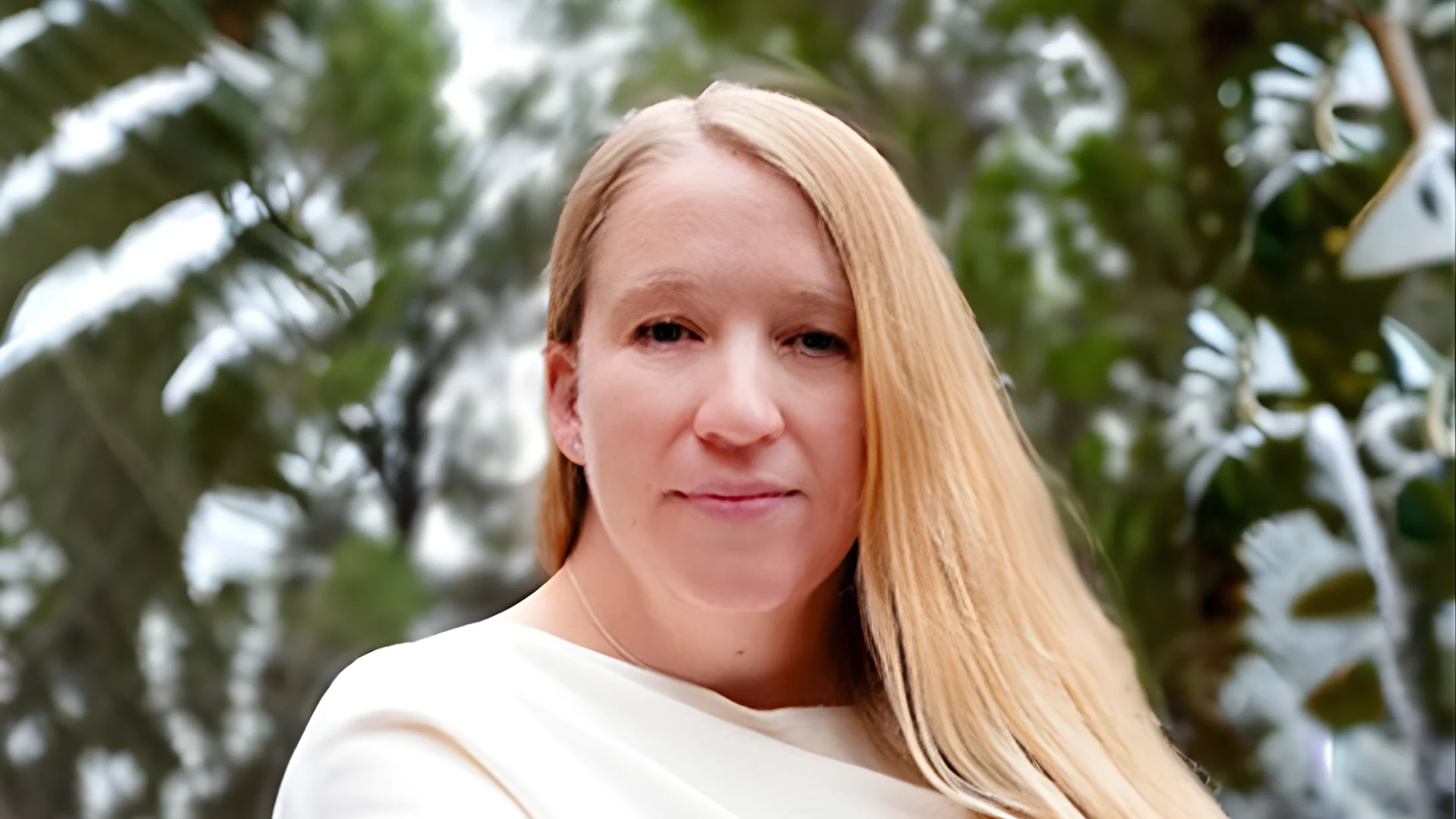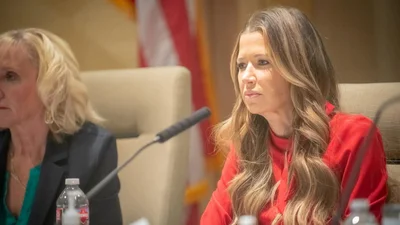Complexity science is increasingly being used to interpret archaeological data, according to a new book by Santa Fe Institute External Professor Stefani Crabtree of Utah State University. In "Thinking Through Archaeological Complexity," Crabtree outlines how tools such as agent-based modeling and network analysis can help researchers better understand the actions and decisions of ancient people that led to the creation of artifacts, buildings, and food remains found in excavations.
“What I mean by complexity is the science of complex adaptive systems, where you can understand how the actions and interactions of individuals lead to larger overarching structures,” Crabtree says. “Archaeology is well suited to these tools because we usually see the end point — a whole building or midden — and have to infer the interactions that built it.”
Crabtree’s book serves as a practical guide for students and researchers. She notes that while many are aware of existing analytical tools, they often face challenges deciding when and why to use them. Previous works have focused on specific topics like network science or computational modeling within archaeology but typically through a narrow lens. Crabtree integrates these approaches into a broader framework that connects theory, method, and case study.
“Stefani Crabtree has brought the best of SFI to archaeology, focusing a complexity lens on the human–environment nexus by bringing in insights from ecology, network science, and geography,” says SFI Science Board Fellow Simon Levin (Princeton University).
One example in the book examines Ancestral Pueblo societies in the American Southwest. Archaeologists have debated whether these societies had hierarchical leadership based on findings such as exotic goods in burials or whether they followed egalitarian traditions seen among Pueblo descendants today. Using an agent-based model simulating digital households making decisions about farming, family ties, and land conflict, Crabtree found that social hierarchies could form during stable climate periods but tended to dissolve under unpredictable conditions.
“These simulations give us a way to explore competing ideas,” Crabtree says. “They don’t tell us what must have happened, but they let us test what could have happened and compare that against the archaeological record.”
Another case study reconstructs ancient food webs in the Four Corners region using data from centuries-old middens—trash heaps containing bones, seeds, and other remains. The analysis revealed how maize became central in diets but also changed local ecosystems by attracting pests and animals competing for crops. This suggests ancient communities regularly adapted their strategies in response to ecological pressures.
The cover art for "Thinking Through Archaeological Complexity" reflects its themes: Crabtree painted it herself with an image of Pueblo Bonito layered with binary code translating the title—symbolizing both archaeological context and computational methods.
"The environment, culture, and human cognition — the subject matter of archaeology — are the three most complicated systems of which we have tangible knowledge," says SFI External Professor Steve Lansing. "Stefani Crabtree offers a wonderfully readable introduction to complexity science as a way to think about the emergence of order in the archaeological record."
Crabtree concludes that combining archaeology with complexity science provides more than historical insight; it allows researchers to use past adaptations as lessons for addressing modern challenges related to sustainability.
“I hope readers come away curious and see archaeology’s value for today,” she said. “By moving beyond artifacts to the relationships that made them, we can carry lessons from the past into more sustainable futures.”








